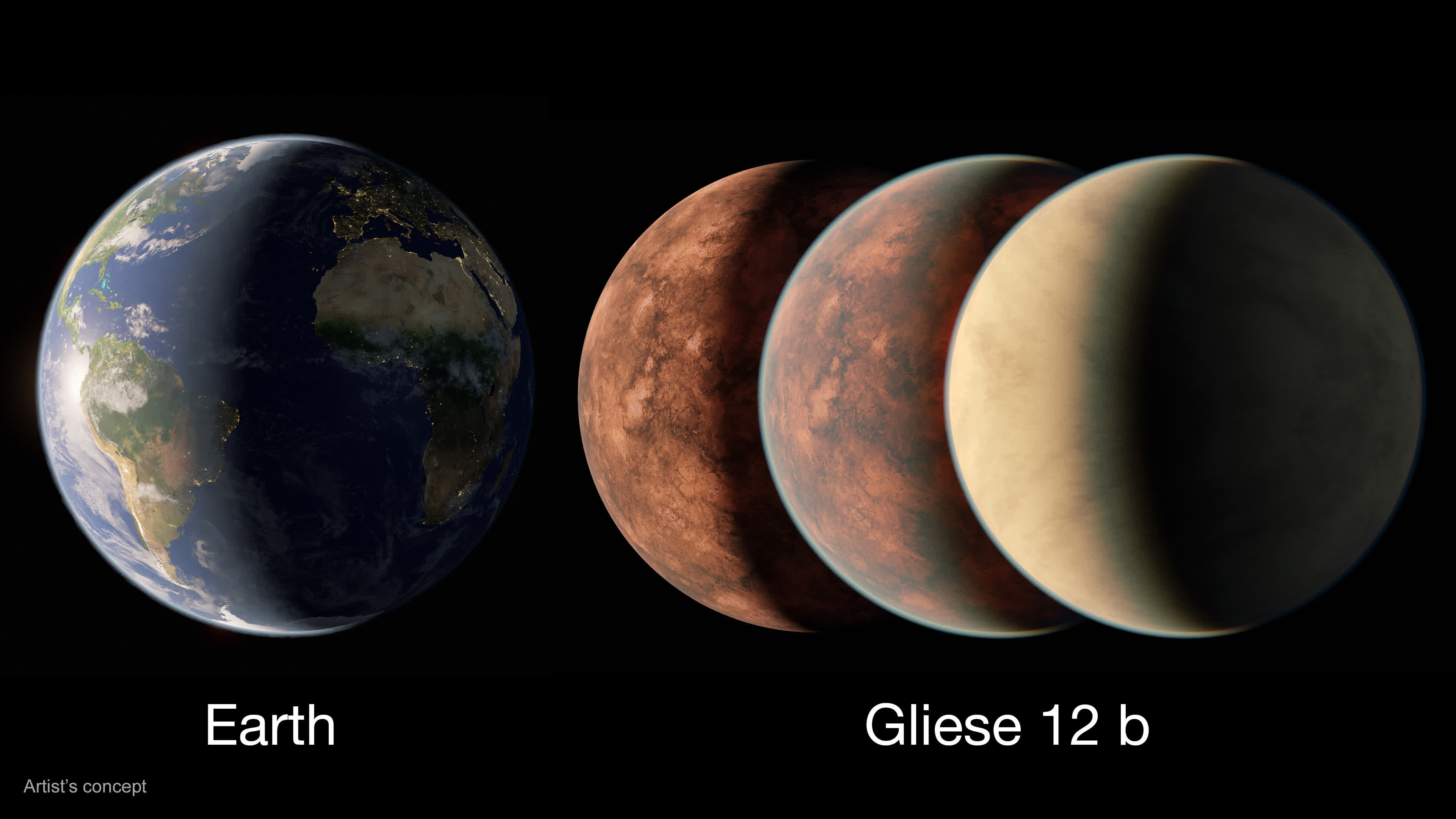Exploring New Worlds: A potentially Earth-like exoplanet dubbed Gliese-12b, stationed within the favorable habitable zone of its host star, has caught the attention of astronomers. This zone could potentially harbor liquid water on its surface, a crucial component for life as we know it.
Located in the constellation Pisces, Gliese-12b is approximately 40 light-years from Earth and revolves around a cool red dwarf star named Gliese 12. This discovery was made possible through observations from NASA’s TESS (Transiting Exoplanet Survey Satellite), supplemented by data from miscellaneous observatories.
NASA emphasizes that Gliese 12, the star, is significantly smaller than the Sun, with only 27 percent of its size and 60 percent of its heat. Gliese-12b’s orbit is remarkably close to its star, at merely seven percent of the distance from Earth to the Sun, hence it receives a substantial amount of energy from its host.
It’s estimated that the planet receives about 1.6 times the energy from its star than Earth does from the Sun, which translates to approximately 85 percent of what Venus encounters. Its orbital period around the star is 12.8 days, and its size is slightly less than that of Earth, setting it apart from WASP-193b, a “fluffy” gas giant found in our Milky Way, which is about 50 percent larger than Jupiter yet much less dense.

The presence of an atmosphere on Gliese-12b is still under investigation. If it lacks one, the planet’s average surface temperature is expected to be 42 degrees Celsius (107 degrees Fahrenheit), akin to a hot day on Earth and suitable for sustaining liquid water.
Shishir Dholakia, a doctoral candidate at the University of Southern Queensland’s Centre for Astrophysics, believes this planet presents an invaluable opportunity to examine if Earth-sized worlds orbiting cooler stars can maintain their atmospheres.
Therefore, Gliese-12b stands as a prime candidate for further exploration, particularly with the capabilities of the James Webb Space Telescope, which could provide insights into the exoplanet’s atmospheric conditions and composition.
Research pertaining to this newly discovered exoplanet has been documented in both The Astrophysical Journal Letters and the Monthly Notices of the Royal Astronomical Society.